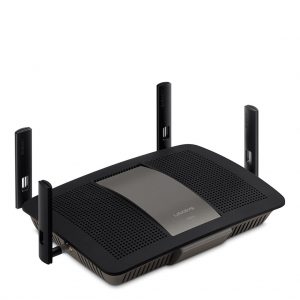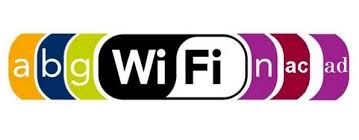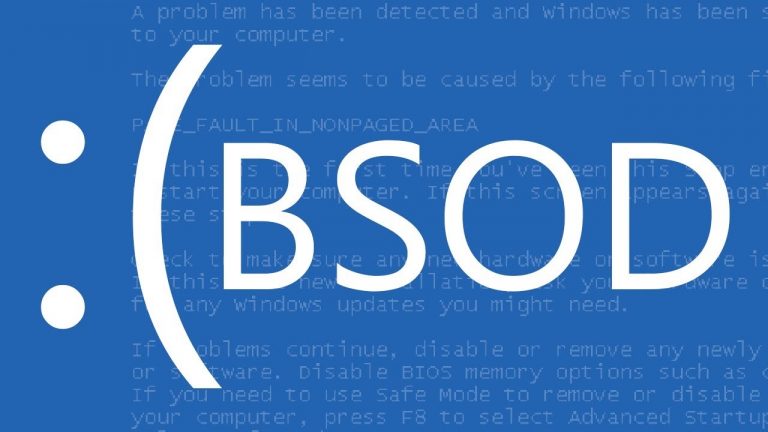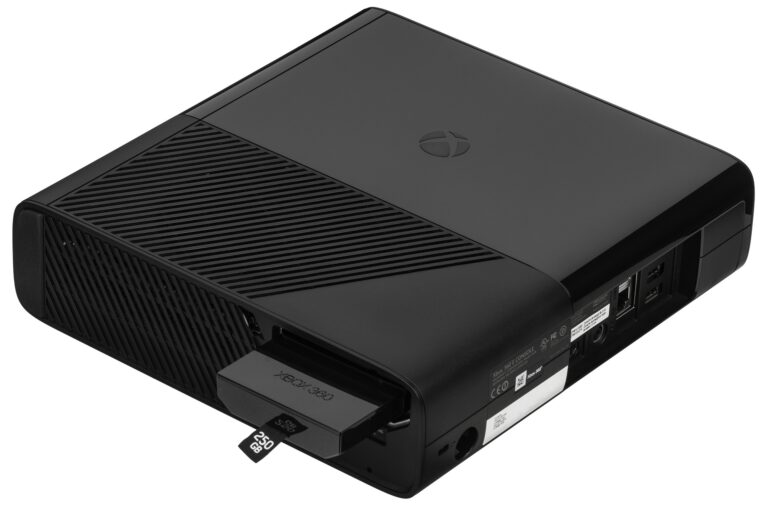Wireless Standards [EXPLAINED]
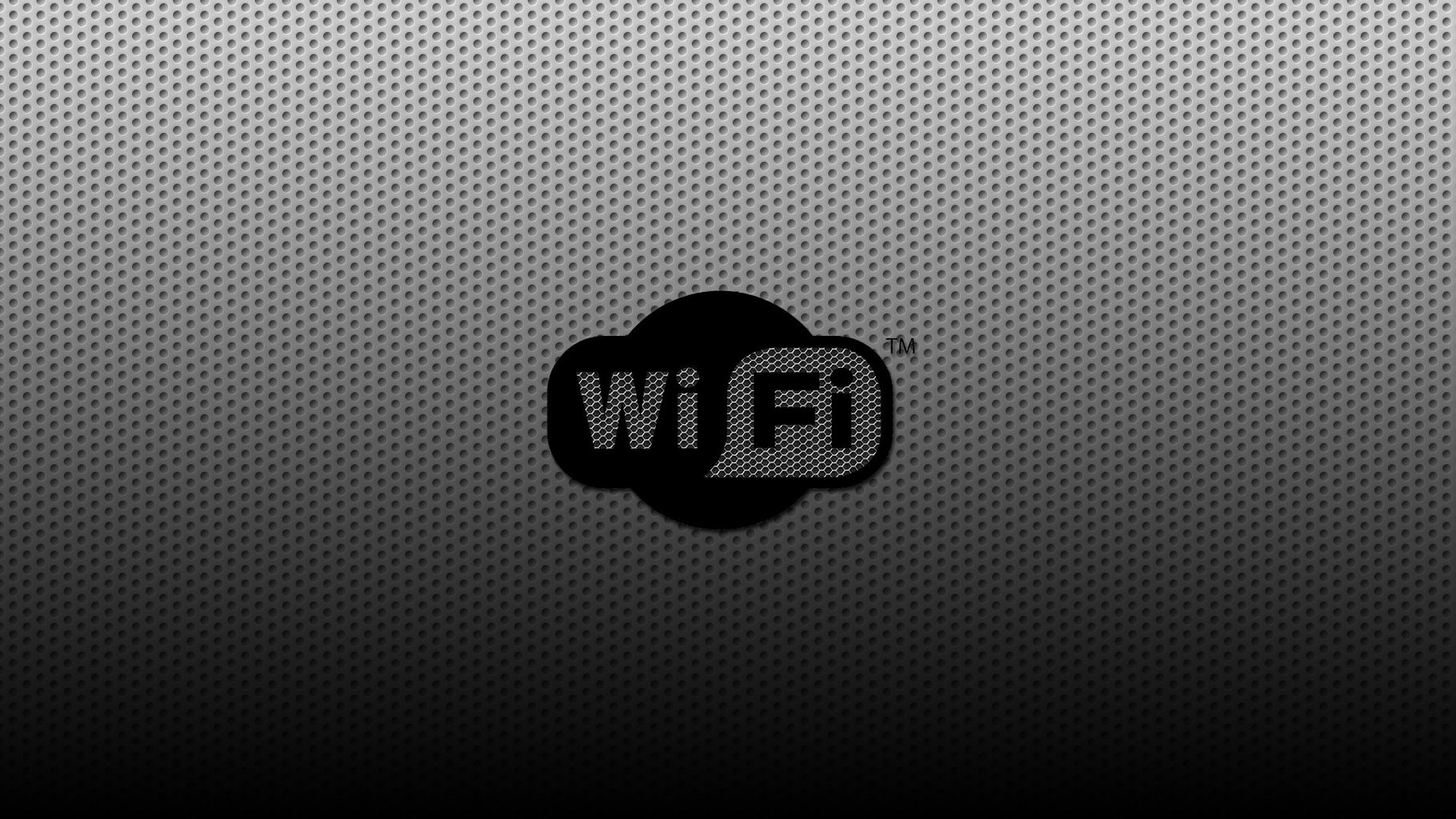
Wi-Fi is one of those things we use every day. In fact, most of us couldn’t imagine a week or even a day with out it. We use Wi-Fi with our laptops, smartphones, tablets and stationary computers. It’s a crucial technology that has to be as fast as it can be. To achieve higher internet speeds, new and new Wi-Fi standards or technology is being developed over the years. Therefore, maybe you have noticed numbers “802.11” with some added letters on your router? These designations define properties of different router technologies. Those one or two letters at the end of “802.11” can mean a speed difference of over 800Mbit/s! Whether you’re looking a router for home or office, there are so many various Wi-Fi standards out there ranging from 802.11a up to 802.11b/g/n and 802.11ac. How to choose the right one?
In this article, we break down the differences of various Wi-Fi standards so that you can choose your next Wi-Fi router that’s up to date and will be usable for years to come.
What’s a wireless standard? And what’s about number “802”?
The first question that comes to mind when dealing with Wi-Fi standards is:”What does 802 stand for?” You will find this number on any Wi-Fi router’s packaging. Number 802 is a family of IEEE standards dealing with local area networks. In fact, you can find it not only on routers but also on other devices and network connections. For example, you can find “802” on Ethernet networks that begin with 802.3, Bluetooth networks that start with 802.15 and Wi-Fi which is tagged as 802.11. So “802.11” stands for a wireless network, but what do letter mean? Lettering at the end of this number defines standard’s properties like range and maximum speed. It’s a very handy feature when it comes to identifying and comparing Wi-Fi standards.
Wi-Fi standards improve over the years and become faster, which is the most important property for the consumer. Every few years there is a new Wi-Fi standard that is more superior than the previous one. Here you can see the most common Wi-Fi standards today:
| 802.11 | 802.11a | 802.11b | 802.11g | 802.11n | 802.11ac | |
| Year | 1997 | 1999 | 1999 | 2003 | 2009 | 2013 |
| Max speed | 1.2 Mbit/s | 54 Mbit/s | 11 Mbit/s | 54 Mbit/s | 150 Mbit/s | 800 Mbit/s |
| Frequency | 2.4 GHz | 5.8 GHz | 2.4 GHz | 2.4 GHz | 2.4 & 5 GHz | 5 GHz |
The first Wi-Fi standard was 802.11 with no lettering at the end. It was created in 1997 by Institute of Electrical and Electronics Engineers (IEEE). Unfortunately, 802.11 featured a maximum network bandwidth of 2 Mbps and therefore was very slow. Next 802.11a and 802.11b was created at roughly the same time. The 802.11a is faster standard but also more expensive, so it was mainly used for business networks where 802.11b was relatively cheap and great for home networks. It became very commonly adopted in consumer devices. After four years an 802.11g came out. This network standard was backward compatible with all previous standards.
While every new Wi-Fi standard was only about higher speeds, the 802.11n featured an optional 5GHz band and the conventional 2.4GHz band. Now you could use a 5GHz frequency that’s much less cluttered and interfered less with other network devices.
At last in 2013 802.11ac standard was released. It’s by far the fastest Wi-Fi standard available today. It runs on the 5GHz frequency and can reach speeds of 1 Gbit/s. But it has its drawbacks as lower range or Wi-Fi coverage as higher frequencies can’t go through obstacles like walls and solid objects as well as 2.4GHz frequency.
Wi-Fi standards keep improving over time, and there are some standards that are waiting to hit the market like 802.11ad and 802.11ah.
Why there are multiple letters behind 802.11?
Compatibility always has been a thing to keep in mind. Imagine, if you would get a new Wi-Fi router with the newest and fastest Wi-Fi standard, but it wouldn’t be compatible with your wireless network adapter so you would also have to buy a new adapter. That’s why routers and adapters support multiple if not all previous Wi-Fi standards. You may see a lettering like 802.11 a/b/g/n/ac on the data sheet, and this only means that your device supports all standards up to ac and depending on router or adapter will work with the fastest possible standard.
Future Wi-Fi standards
New Wi-Fi technologies are just behind the corner that will not only increase speeds but also enable new device classes and new appliances. One of the newest Wi-Fi standards is 802.11ad that’s built for pure speed. The signal is transmitted with 60 GHz frequency, and therefore you can reach speeds of around 7 Gbit/s which is great if you plan to use it with wireless hard drives. However, there is one major drawback – the higher the frequency is, the lower transmission range is. For example, you can already tell the difference between 2.4GHz and 5GHz. Here you have a whopping frequency of 60 GHz. To use it, you will have to have your router very close by.
802.11ad is great for single room appliances but won’t be the best solution for whole house or even more office. One thing to note is that 802.11ad is relatively expensive Wi-Fi standard.
The right opposite of 802.11ad is 802.11ah standard that’s also known as WiFi HaLow. It can have a range of 1km or 3,300 ft. To achieve this 802.11ah is transmitted at 900 MHz. Drawbacks? Slower speeds, 802.ah can transmit data at speeds of 18 Mbit/s at maximum. So it’s noticeably slower than most Wi-Fi standards available on the market. This standard probably won’t be used by average consumers. We bet it will find appliances on the internet of things devices that have to transmit a certain signal at long range. For example to turn something on or off.
There are Wi-Fi standards that can deliver even higher coverage. 802.11af uses television spectrum frequencies that are with in 54 MHz and 790 MHz. In the result, you can have with miles of coverage. But as it uses frequencies in this range, there might be limitations in some countries.
[amazon_link asins=’B01FRP2758,B01LXL1AR8,B00F0DD0I6′ template=’MyCopyOf-ProductGrid’ store=’hddmag00-20′ marketplace=’US’ link_id=’fbf0b7a2-6cb0-11e7-ab48-2990e6c90b12′]Summing up
If you think about getting a new router or Wi-Fi adapter, make sure it has the newest and up to data Wi-Fi standard on the market. For now, the best choice is 802.11ac that’s compatible with all previous standards meaning you can use both 2.4Ghz frequency and speedy 5GHz frequency.
Many new Wi-Fi standards are in development stage and will have specific purposes, this may help in future technologies and device applications. However, an average consumer shouldn’t worry about that and will be more than great with existing 802.11ac.

